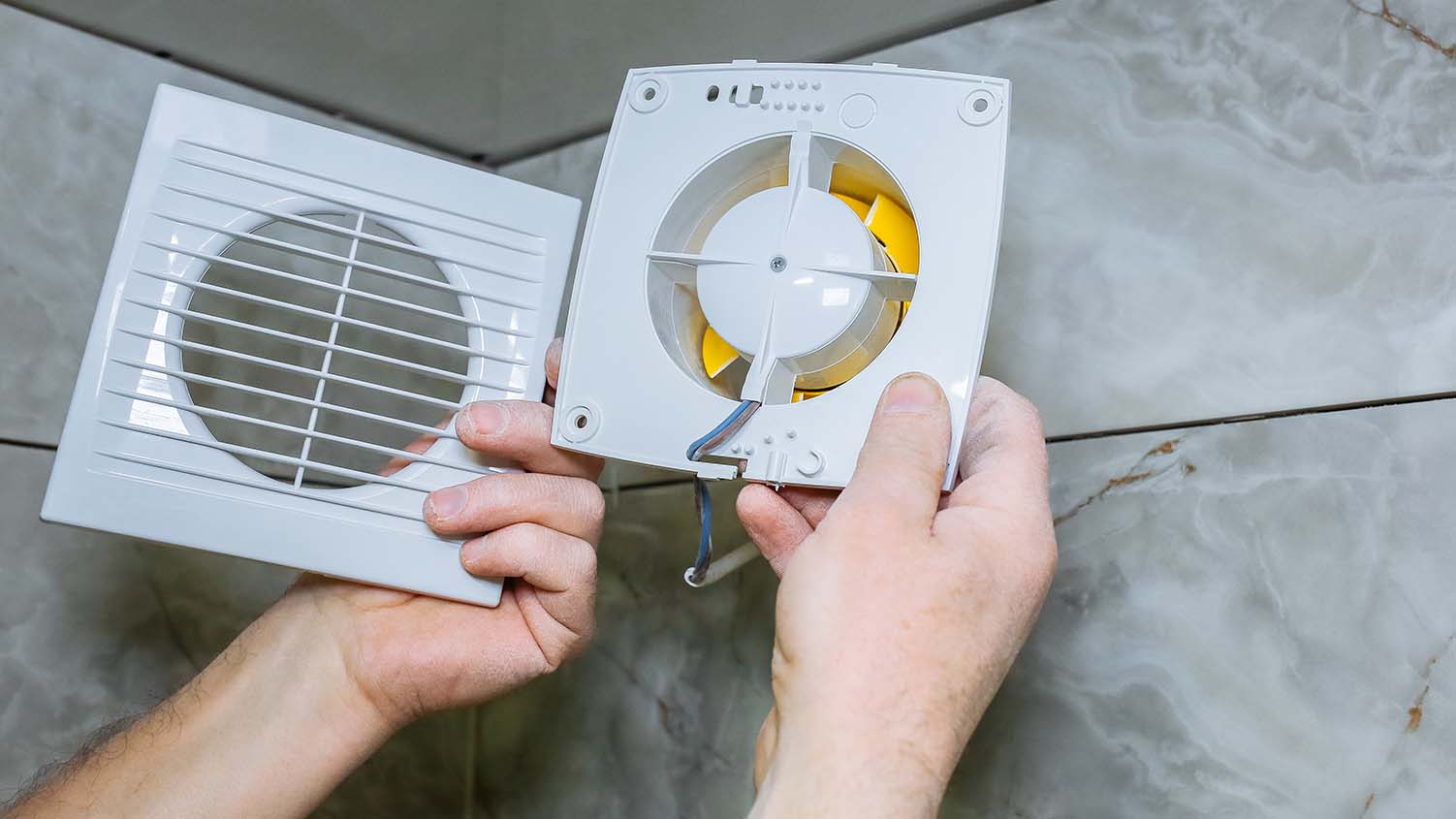Fan Performance Requirements: Bathroom Exhaust Fan Requirements

Bathroom exhaust fan requirements – Bathroom exhaust fans are crucial for maintaining a comfortable and healthy indoor environment. Proper airflow helps eliminate moisture, odors, and pollutants, preventing mold growth, mildew, and other health hazards.
So, I was just thinking about bathroom exhaust fan requirements, and I realized that it’s actually a pretty important thing to consider. I mean, you don’t want your bathroom to get all stuffy and gross, right? That’s where free fire wallpaper comes in.
It’s the perfect way to add a little bit of style to your bathroom while also helping to keep it ventilated. Plus, it’s super easy to install, so you can do it yourself in no time. And with so many different designs to choose from, you’re sure to find one that fits your style.
So what are you waiting for? Head over to free fire wallpaper and get your bathroom looking its best!
Airflow Rate Calculation
The required airflow rate for a bathroom exhaust fan depends on the bathroom size and usage. The Home Ventilating Institute (HVI) recommends a minimum airflow rate of 1 cubic foot per minute (cfm) per square foot of floor area. For bathrooms with higher moisture levels, such as those with showers or bathtubs, a higher airflow rate of 1.5 cfm per square foot is recommended.
Yo, so you’re looking for bathroom exhaust fan requirements, right? Well, I’ve got you covered. You’ll need to consider the size of your bathroom, the type of fan you want, and the noise level you’re comfortable with. Oh, and don’t forget to check out the fasco bathroom fans model 765.
They’re pretty dope. Anyway, back to the requirements. You’ll also need to make sure your fan is properly vented to the outside. That’s it, folks! Stay fresh and odor-free.
Airflow Rate = Bathroom Area (sq. ft.) x Airflow Rate (cfm/sq. ft.)
Fan Noise Levels
Fan noise levels are another important consideration. Noisy fans can be disruptive and uncomfortable, especially in smaller bathrooms. Look for fans with a sound rating of 2.0 sones or less. A sone is a unit of loudness, and lower sone ratings indicate quieter fans.
Fan Design Considerations
/fan-182149550-582148535f9b581c0b2491d7.jpg)
Let’s talk about the different types of bathroom exhaust fans and how to choose the right one for your needs.
Types of Bathroom Exhaust Fans
- Ceiling-mounted fans are the most common type. They’re installed in the ceiling and are usually very quiet.
- Wall-mounted fans are mounted on the wall, usually above the toilet or shower. They’re not as quiet as ceiling-mounted fans, but they’re often more powerful.
- Inline fans are installed in the ductwork of your bathroom’s ventilation system. They’re the most powerful type of fan, but they’re also the most expensive and difficult to install.
Advantages and Disadvantages of Each Type of Fan
Here’s a quick rundown of the advantages and disadvantages of each type of fan:
| Type of Fan | Advantages | Disadvantages |
|---|---|---|
| Ceiling-mounted | Quiet, easy to install | Not as powerful as other types |
| Wall-mounted | More powerful than ceiling-mounted fans, easy to install | Not as quiet as ceiling-mounted fans |
| Inline | Most powerful type of fan | Expensive, difficult to install |
Selecting the Right Fan Size and Power, Bathroom exhaust fan requirements
The size and power of the fan you need will depend on the size of your bathroom and the amount of ventilation you need. A good rule of thumb is to choose a fan that can move at least 1 cubic foot of air per minute (CFM) for every square foot of bathroom space.
If your bathroom is particularly large or humid, you may need a more powerful fan. You can also choose a fan with a built-in humidity sensor, which will automatically turn on when the humidity level in your bathroom gets too high.
Installation and Maintenance

Installing and maintaining a bathroom exhaust fan is crucial for effective ventilation and preventing moisture buildup. Here’s a comprehensive guide to help you get it right.
Steps for Installation
- Choose a suitable fan size and location. Consider the bathroom’s square footage and the fan’s CFM (cubic feet per minute) rating.
- Cut a hole in the ceiling or wall for the fan housing. Ensure it aligns with the ductwork.
- Mount the fan housing and secure it with screws.
- Connect the fan to the ductwork using a flexible duct.
- Wire the fan according to the manufacturer’s instructions, connecting it to a switch or timer.
Wiring and Ductwork
Wiring should be done by a qualified electrician. The fan should be connected to a GFCI (Ground Fault Circuit Interrupter) outlet for safety. The ductwork should be properly sealed to prevent air leaks and ensure efficient ventilation.
Regular Maintenance
Regular maintenance is essential to keep the fan functioning optimally. Here are some key tasks:
- Clean the fan blades and housing regularly to remove dust and debris.
- Replace the filter every few months, or more frequently if needed.
- Inspect the ductwork for any blockages or damage.
